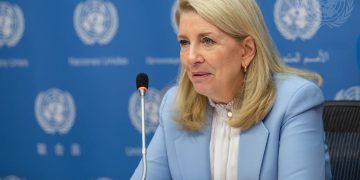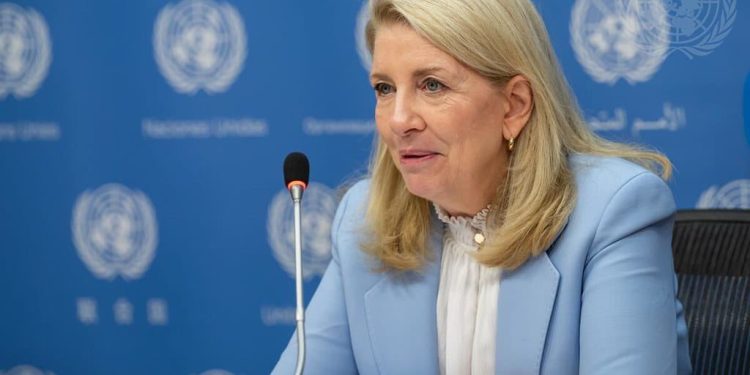A recent report published by the United Nations Children’s Fund (UNICEF) today October 10, 2024, reveals that more than 79 million girls and women in sub-Saharan Africa have experienced rape or sexual assault prior to turning 18.
On a global scale, a staggering 370 million girls and women have encountered sexual violence, with this region reporting the highest incidence of victims.
This groundbreaking report, which provides the first-ever global and regional estimates on sexual violence against children, was released in advance of the International Day of the Girl Child.
It highlights the widespread nature of these violations, particularly among adolescent girls, who often suffer long-term consequences.
The findings reveal that when including ‘non-contact’ forms of sexual violence, such as online harassment or verbal abuse, the total number of affected girls and women skyrockets to 650 million worldwide, equating to 1 in 5.
This alarming statistic emphasizes the critical need for comprehensive prevention and support measures to tackle all forms of violence and abuse effectively.
“Sexual violence against children is a stain on our moral conscience,” said UNICEF Executive Director Catherine Russell.
“It inflicts deep and lasting trauma, often by someone the child knows and trusts, in places where they should feel safe,” she added.
Sexual violence against children is a widespread issue that transcends geographical, cultural, and economic divides, according to the data.
Sub-Saharan Africa reports the highest number of victims, with Eastern and South-Eastern Asia following closely behind at 75 million (8 percent), Central and Southern Asia at 73 million (9 percent), Europe and Northern America at 68 million (14 percent), Latin America and the Caribbean at 45 million (18 percent), Northern Africa and Western Asia at 29 million (15 percent), and Oceania at 6 million (34 percent).
The findings reveal that in vulnerable environments such as those with unstable institutions, UN peacekeeping missions, or significant refugee populations escaping political or security turmoil, girls are at an even higher risk.
The prevalence of rape and sexual assault during childhood in these contexts is slightly above 1 in 4.
“Children in fragile settings are especially vulnerable to sexual violence,” said Russell.
“We are witnessing horrific sexual violence in conflict zones, where rape and gender-based violence are often used as weapons of war,” she noted.
Research indicates that a majority of childhood sexual violence takes place during the adolescent years, particularly between the ages of 14 and 17, when incidents peak.
Evidence suggests that children who endure sexual violence are at a higher risk of facing ongoing abuse.
Therefore, it is essential to introduce focused interventions during this critical period to disrupt this cycle and lessen the lasting effects of trauma.
“Survivors often carry the trauma of sexual violence into adulthood, facing higher risks of sexually transmitted diseases, substance abuse, social isolation, and mental health issues like anxiety and depression, as well as challenges in forming healthy relationships. Evidence shows that the impact is further compounded when children delay disclosing their experiences, sometimes for long periods, or keep the abuse secret altogether,” the report reads in parts.
Boys also impacted
While the experiences of girls and women are more thoroughly documented, the research indicates that boys and men are also significantly affected. It is estimated that between 240 and 310 million boys and men, or roughly 1 in 11, have faced rape or sexual assault during their childhood.
When considering non-contact forms of sexual violence, this figure increases to an estimated 410 to 530 million.
The report emphasizes that ongoing data deficiencies, especially regarding boys’ experiences and non-contact sexual violence, underscore the urgent need for enhanced investment in data collection to fully understand the extent of sexual violence against children.
Data highlights the urgent need for intensified global action to combat childhood sexual violence and build a safer future for children worldwide by: challenging and changing social and cultural norms that allow sexual violence to occur and discourage children from seeking help; equipping every child with accurate, accessible, and age-appropriate information that empowers them to recognize and report sexual violence, and ensuring that every child victim and survivor has access to services that support justice and healing and reduce the risk of further harm.
Strengthening laws and regulations to protect children from all forms of sexual violence, including in organizations that work with children, and investing in the people, resources, and systems needed to implement them; and building better national data systems to monitor progress and ensure accountability by implementing international standards like the International Classification of Violence against Children.


































